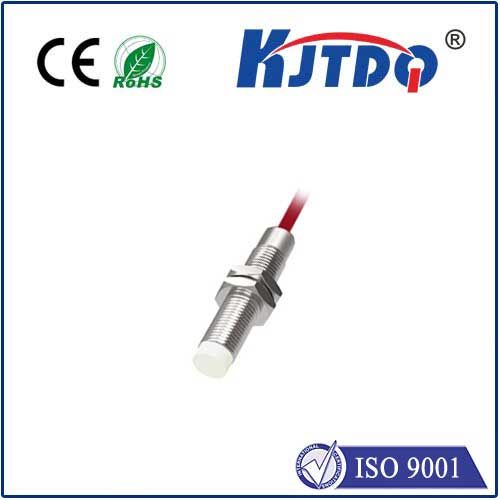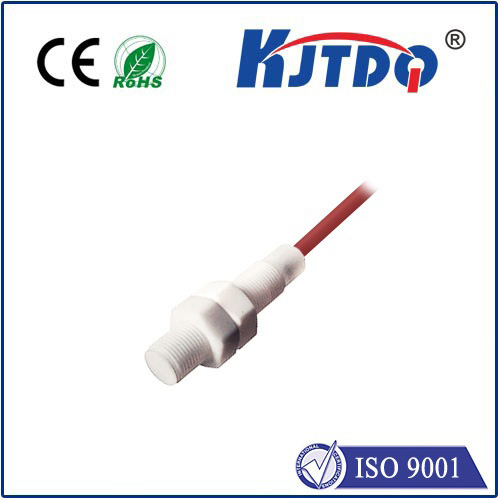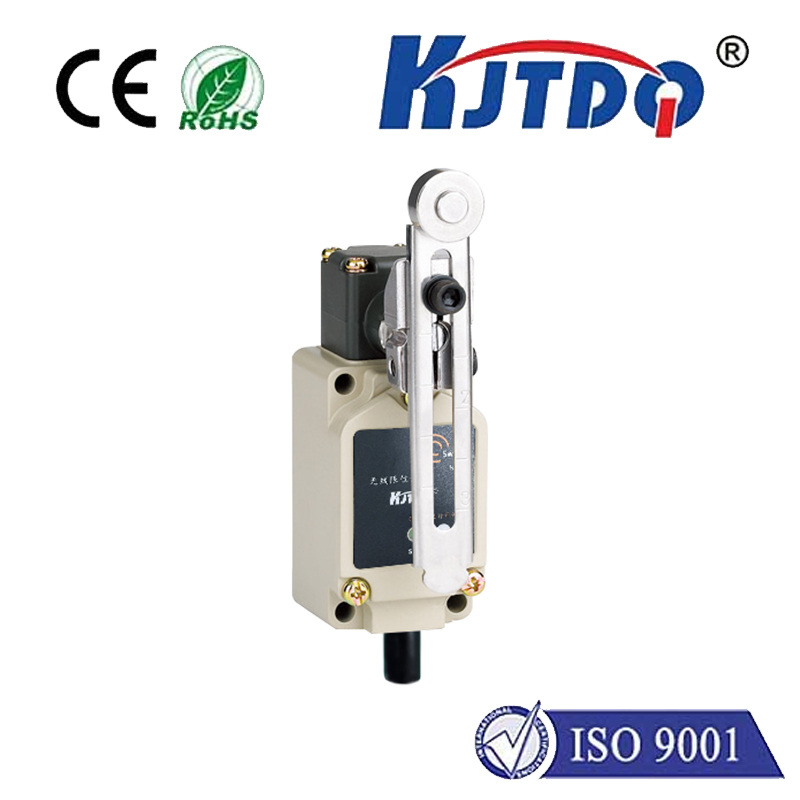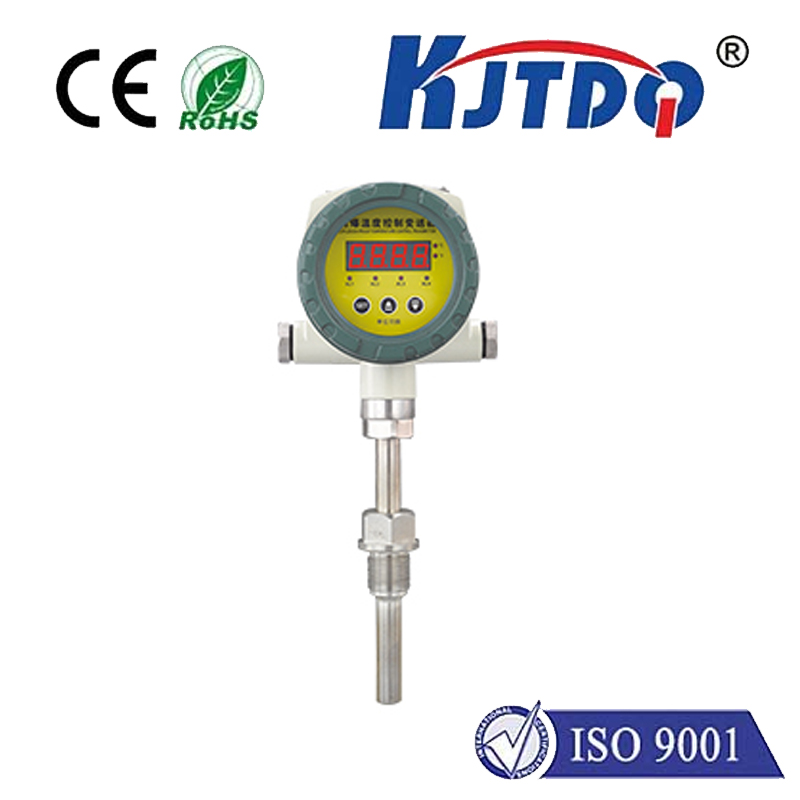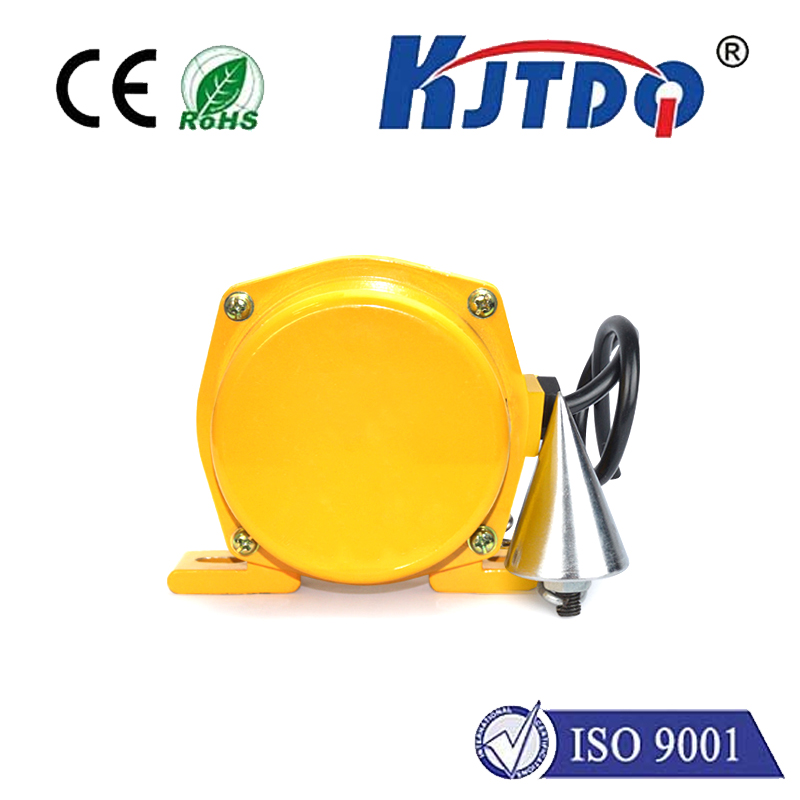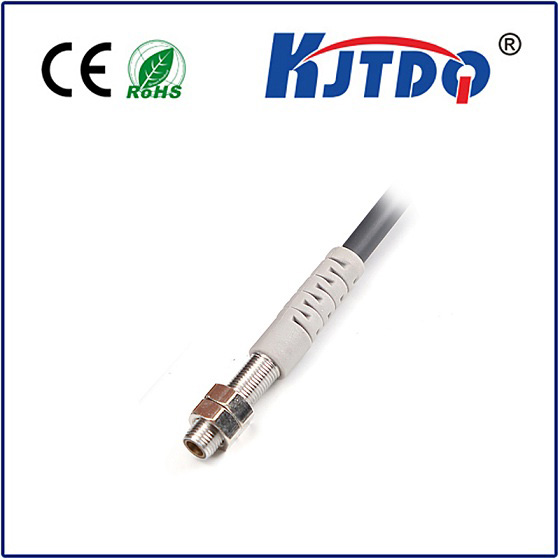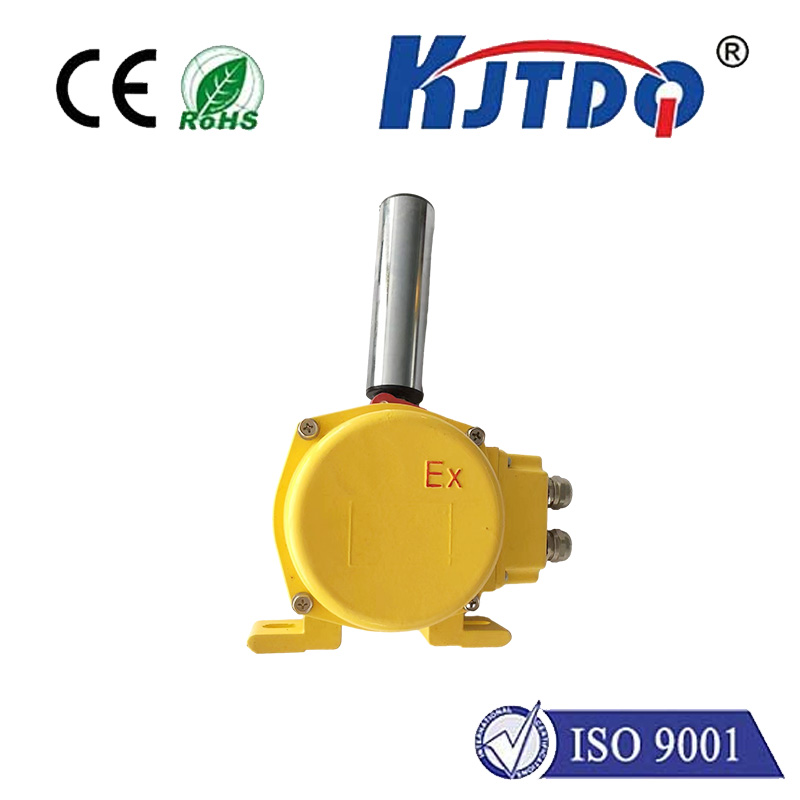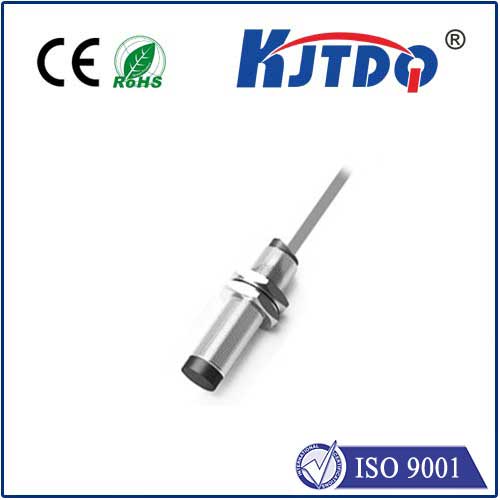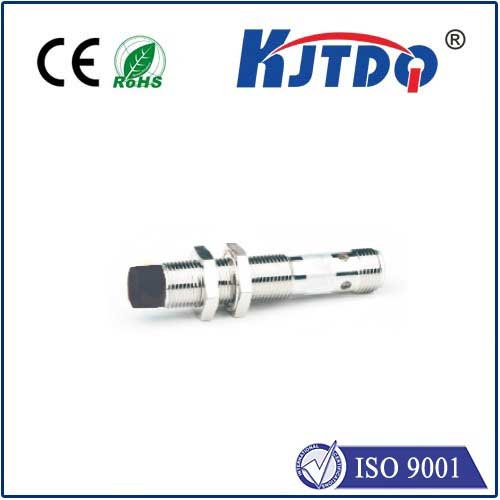warehouse temperature monitoring
- time:2025-08-21 01:26:50
- Нажмите:0
Optimizing Warehouse Temperature Monitoring: Safeguarding Assets and Reducing Costs
Imagine walking into a warehouse housing millions in pharmaceuticals, only to find the temperature hovering precariously high. Or discovering that a delicate shipment of electronics has been compromised by unnoticed cold snaps. These aren’t just operational hiccups; they represent significant financial loss, regulatory breaches, and damaged reputations. Effective warehouse temperature monitoring is the unsung hero of modern logistics, silently protecting valuable inventory and ensuring seamless operations. This critical process extends far beyond simple compliance; it’s a strategic cornerstone for ensuring product integrity, optimizing energy use, and maximizing profitability across diverse industries – from the stringent demands of the cold chain for perishables to the precise climate control needed for sensitive electronics or chemicals.
Why Precision Matters: The High Stakes of Temperature Control
The consequences of inadequate temperature monitoring are both tangible and severe. For perishables like food and pharmaceuticals, deviations from strict ranges can trigger:
- Spoilage & Product Loss: Food items can quickly become unsafe, while biologics or vaccines lose potency, leading to direct financial write-offs.
- Regulatory Non-Compliance: Agencies like the FDA (Food and Drug Administration) and EMA (European Medicines Agency) enforce stringent rules (e.g., FDA 21 CFR Part 11, EU GDP guidelines). Failure to maintain documented, compliant temperatures can result in product recalls, fines, and facility shutdowns.
- Safety Risks: Compromised temperature can lead to bacterial growth in food or instability in certain chemicals, posing serious health and safety hazards.
- Reputational Damage: Consistently delivering compromised goods erodes customer trust and brand loyalty.
Beyond perishables, many non-food items require stable environments. Electronics can suffer condensation damage in high humidity or component failure in extreme cold. Chemicals may become unstable or ineffective. Robust temperature control is fundamental to preserving asset value across the supply chain.

Moving Beyond Manual Checks: The Rise of Smart Monitoring Systems
Traditional methods like manual logbooks and standalone thermometers are notoriously prone to human error, delays in identifying problems, and lack of comprehensive data. Modern warehouses demand smarter solutions:
- IoT Sensors & Wireless Networks: The core of modern systems. These small, strategically placed devices continuously measure temperature (and often humidity) throughout the warehouse – from loading docks and storage racks to coolers and freezers. Wireless technologies like LoRaWAN, Sigfox, or cellular (NB-IoT, LTE-M) enable data transmission even in challenging metal environments.
- Centralized Cloud Platforms: Sensor data streams to secure cloud-based software in real-time. This provides a single pane of glass for warehouse managers to view current conditions across the entire facility.
- Real-Time Alerts & Notifications: Crucially, these platforms can be configured to send immediate alerts (SMS, email, app notifications) when temperatures deviate from predefined thresholds, enabling rapid corrective action before significant damage occurs.
- Data Logging & Reporting: Continuous data is logged, creating irrefutable, audit-ready records essential for proving cold chain compliance and quality assurance audits. Advanced analytics help identify trends, inefficiencies, or recurring problem zones.
Key Benefits of Implementing an Advanced Warehouse Temperature Monitoring System
Investing in a sophisticated monitoring infrastructure delivers compelling advantages:
- Enhanced Product Quality & Integrity: Consistent temperature control ensures products arrive at their destination in optimal condition, reducing waste and maximizing value.
- Uncompromised Regulatory Compliance & Audit Readiness: Automated, tamper-evident logs provide clear evidence of adherence to required standards, simplifying audits.
- Dramatically Reduced Spoilage & Waste: Real-time alerts allow for swift intervention, minimizing losses from temperature excursions.
- Improved Operational Efficiency: Identifying hot or cold spots helps optimize HVAC systems, leading to significant energy savings and reduced utility costs. Less time is wasted on manual checks and troubleshooting.
- Proactive Maintenance & Risk Mitigation: Data trends can predict HVAC system failures or insulation problems before they cause critical temperature deviations, enabling preventative maintenance.
- Supply Chain Transparency & Assurance: Provides verifiable proof of proper storage conditions throughout the product’s journey, strengthening partner and customer trust.
Implementing Your System: Key Considerations
Designing an effective warehouse temperature monitoring strategy requires careful planning:
- Needs Assessment: Identify critical zones, required temperature/humidity ranges for different product types, and compliance obligations.
- Sensor Placement: Strategic positioning is vital. Cover high-risk areas (loading docks, near doors, cold storage entrances), representative storage zones, and near HVAC units. Consider sensor density based on warehouse size and airflow patterns.
- Infrastructure & Connectivity: Choose wireless technology appropriate for your building structure and range requirements. Ensure adequate power solutions (battery life, potential for wired sensors where feasible).
- Software Selection: Opt for an intuitive platform that offers real-time dashboards, customizable alerts, robust reporting, historical data analysis, and secure user access controls. Look for integration capabilities with existing Warehouse Management Systems (WMS).
- Calibration & Maintenance: Establish a rigorous schedule for sensor calibration to ensure ongoing accuracy. Plan for regular system maintenance and battery replacements.
Beyond Compliance: A Strategic Asset
Modern warehouse temperature monitoring is far more than a compliance checkbox. It is a powerful strategic tool that protects valuable inventory, optimizes energy consumption, streamlines operations, and provides invaluable data-driven insights. By embracing advanced IoT sensor technology and cloud-based platforms, businesses can transform their warehouses into secure, efficient hubs where product integrity is guaranteed, risks are minimized, and the bottom line is strengthened. The investment in comprehensive monitoring delivers continuous returns through reduced waste, avoided fines, enhanced efficiency, and unwavering customer confidence – making it an indispensable element of a resilient and competitive modern supply chain.

